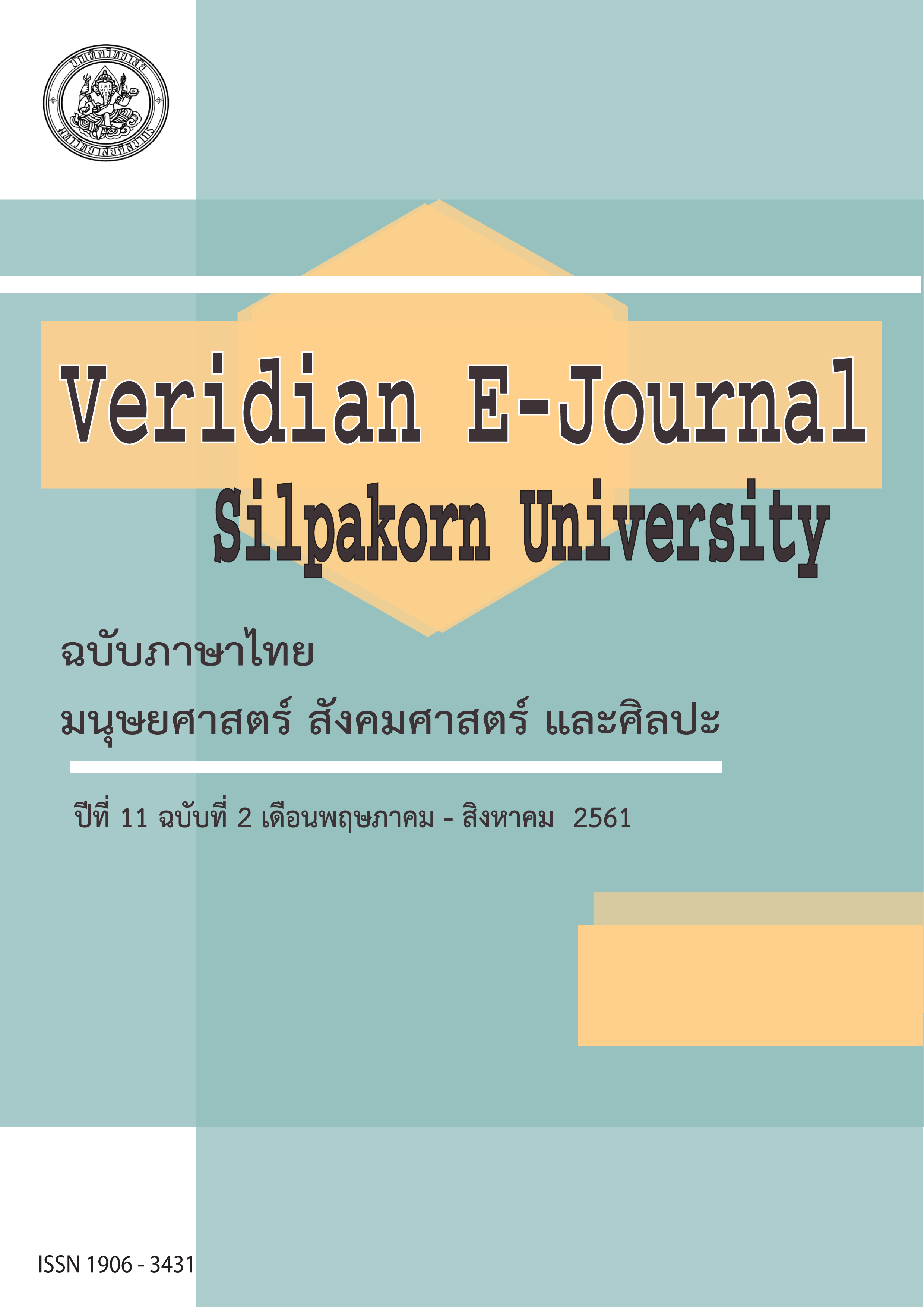การวิจัยแบบออกแบบแปลงรูป (The Research transformative design) (Retract)
Main Article Content
Abstract
การวิจัยแบบออกแบบแปลงรูปเป็นส่วนหนึ่งของการวิจัยผสานวิธีแบบการสำรวจเป็นลำดับ เริ่มต้นจากการรวบรวมและวิเคราะห์ข้อมูลเชิงคุณภาพในระยะแรกก่อน เพื่อทดสอบหรือ/และอธิบายผลการศึกษาเชิงปริมาณในระยะที่สอง โดยผู้วิจัยสามารถให้ค่าน้ำหนักงานวิจัยเชิงปริมาณและคุณภาพทั้งสองระยะแตกต่างกันได้ หรืออาจจะให้ค่าน้ำหนักการวิจัยทั้งสองช่วงเทียบเท่ากัน ทั้งนี้ขึ้นอยู่กับคำถามการวิจัยและวัตถุประสงค์การวิจัย ซึ่งการวิจัยผสานวิธีแบบการสำรวจเป็นลำดับมี 4 ขั้นตอนหลักที่สำคัญ ได้แก่ 1) การออกแบบและกำหนดแนวทางการปฏิบัติการวิจัยเชิงคุณภาพ 2) กำหนดแนวทางการนำไปใช้จากผลการศึกษาเชิงคุณภาพ 3) การออกแบบและกำหนดแนวทางการปฏิบัติการวิจัยเชิงปริมาณ และ 4) การตีความเพื่อเชื่อมผลการศึกษา จากการศึกษางานวิจัยที่เกี่ยวข้องพบว่า ขั้นตอนการวิจัยแบบการออกแบบแปลงรูปเป็นวิธีแบบการสำรวจเป็นลำดับ ผู้วิจัยสามารถออกแบบการวิจัยนอกเหนือจากขั้นตอนหลักดังกล่าวได้ แต่ทั้งนี้ขั้นตอนที่ผู้วิจัยออกแบบนั้น ต้องสามารถแบ่งแยกลำดับของงานวิจัยเชิงคุณภาพต้องมาก่อนงานวิจัยเชิงปริมาณให้ชัดเจน
The research transformative design was a part of integrated research. The first come from the start from qualitative data collection and analysis, to tested or / and described the quantitative results of the second phase. The researcher was able to provide both quantitative and qualitative research results. It may be that the research costs are comparable. Depending on the research question and the research objectives. The research consisted of 4 types of surveying: 1) Qualitative design and guideline, 2) Approach to qualitative research, 3) Design and implementation guidelines. 4) Interpretation of the results of the study. The study related research found that : the research process was designed as a model for surveying. Researchers can design research in addition to these main steps, but the steps that researcher designed. qualitative research can be divided into quantitative research.

